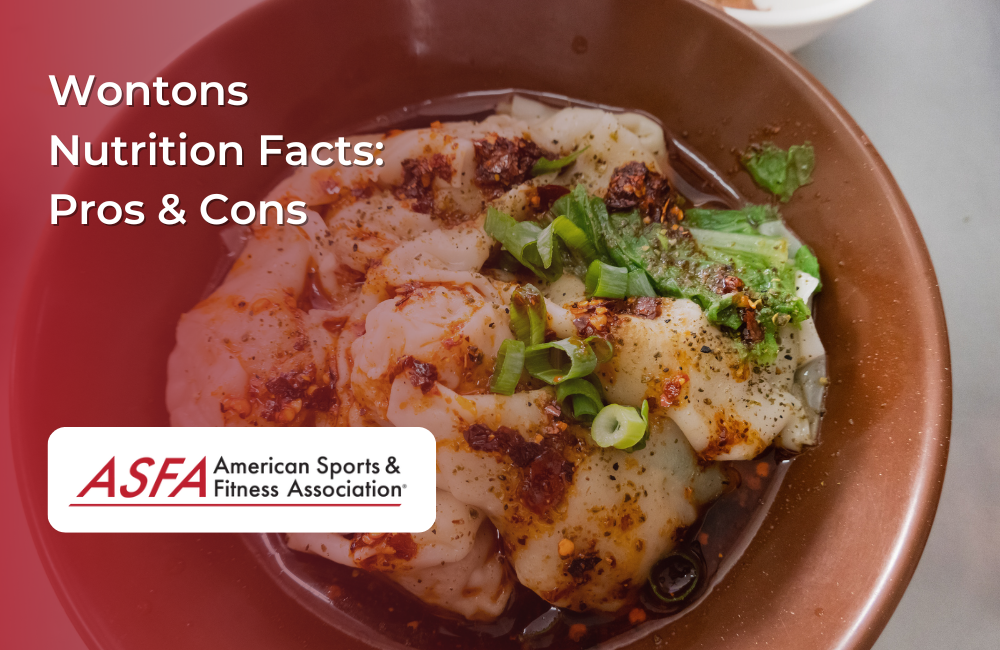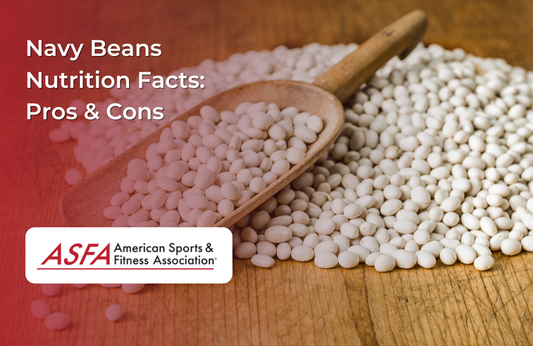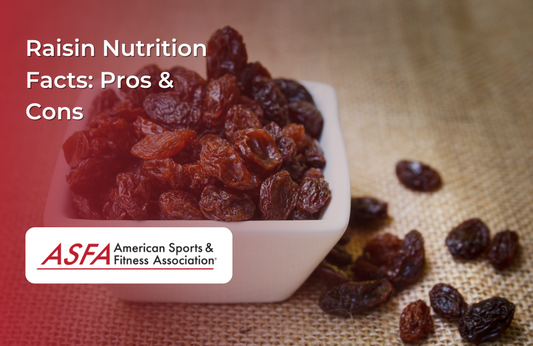Wontons are Chinese dumplings typically filled with meat, seafood, or vegetables and wrapped in a thin dough. They can be boiled, steamed, fried, or added to soups, making them a versatile and flavorful dish. While they provide protein and essential nutrients, their calorie, sodium, and fat content varies based on preparation methods.
Wontons Nutrition Facts: Pros and Cons of Their Nutritional Profile
One boiled wonton (about 20 grams, with pork filling) provides:
-
Calories: 30-50
-
Carbohydrates: 4-6 grams
-
Fiber: 0.2-0.5 grams
-
Sugar: 0 grams
-
Protein: 2-3 grams
-
Fat: 1-3 grams (higher if fried)
-
Sodium: 50-150 mg (varies by filling and preparation)
-
Vitamins and Minerals:
-
Iron: Supports oxygen transport in the blood
-
Folate (B9): Essential for cell growth and metabolism
-
Vitamin B12: Supports nerve function and energy production (found in meat-based fillings)
Chicken broth, often used in wonton soup, provides additional protein and enhances the flavor profile.
Corn starch acts as a binding agent in wonton fillings and contributes to texture and consistency.
Nutrition Facts
Wontons, a beloved Chinese dumpling, offer a range of nutritional benefits that vary based on their filling and cooking method. For those who enjoy the crispy texture of deep-fried wontons, a single serving typically contains 120-150 calories, with 8-10 grams of fat. On the other hand, steamed wontons are a lighter option, providing 80-100 calories and only 2-3 grams of fat per serving. Both versions contain 2-3 grams of sugar and 20-25 grams of carbohydrates, making them a moderate source of energy. Additionally, wontons offer 0.5-1 gram of fiber and 5-7 grams of protein per serving, contributing to a balanced diet. However, it’s important to note that the sodium content can vary, with fried wontons containing 70-80 mg and steamed wontons containing 20-30 mg per serving. Whether you prefer them steamed or deep-fried, wontons can be a delicious and nutritious addition to your meal.
Pros of Eating Wontons
Good Source of Protein
-
Meat, shrimp, or tofu fillings provide protein, which supports muscle repair and overall health.
-
A great appetizer or light meal with added nutrients from its filling.
-
Cream cheese is a popular filling in fried wontons and Crab Rangoons, contributing to their creamy texture and flavor.
Versatile and Customizable with Wonton Wrappers
-
Can be made with different fillings (vegetables, chicken, pork, shrimp, tofu) to suit dietary preferences.
-
Can be boiled, steamed, or fried, allowing for healthier preparation choices.
-
You can prepare wontons at home using everyday ingredients, including green onion for added flavor.
Preparing wontons is easy with various fillings, and green onion plays a significant role in enhancing the overall taste profile of the dish.
Contains Essential Nutrients
-
Provides iron and B vitamins from meat fillings, which support energy production and immune health.
-
Vegetable-filled wontons provide fiber and antioxidants.
Lower in Calories When Boiled or Steamed
-
Boiled or steamed wontons have fewer calories and fat than fried versions.
-
One fried wonton typically contains 80-100 calories, making it a higher-calorie option compared to boiled or steamed wontons.
-
Can be paired with broth-based soups for a lighter meal.
Cons of Eating Wontons
Can Be High in Sodium
-
150+ mg of sodium per wonton, which adds up quickly in larger servings.
-
Soy sauce or dipping sauces further increase sodium intake.
Fried Wontons Are High in Saturated Fat
-
Fried versions contain more saturated fats, increasing calorie content to 80-100 calories per piece.
-
Regular consumption may increase cholesterol levels if made with unhealthy oils.
May Lack Fiber
-
Traditional wonton wrappers are made from refined flour, offering little to no fiber.
-
Adding vegetables or whole-wheat wrappers can help boost fiber intake.
Carb-Heavy
-
High in carbohydrates (4-6g per piece), making them less ideal for low-carb or keto diets.
Easy to Overeat
-
Light and flavorful, making it easy to consume many in one sitting, increasing calorie intake.
Preparation Methods
Wontons can be prepared in several ways, each offering a unique taste and texture. Steaming is a popular method that retains the wonton’s delicate flavor without adding extra fat. Simply place the wontons in a steamer basket and steam for 5-7 minutes until they are tender and cooked through. For those who enjoy a crispy texture, deep-frying is a common choice. Heat oil in a deep frying pan and fry the wontons until they are golden brown and crispy. While this method adds extra fat and calories, it creates a deliciously crunchy snack. Boiling is another option, where wontons are placed in a pot of boiling water and cooked for 5-7 minutes. This method is similar to steaming but results in a slightly different texture. Each preparation method offers a unique way to enjoy wontons, whether you prefer them steamed, deep-fried, or boiled.
Popular Wonton Dishes
Wontons are a versatile ingredient that can be used in a variety of dishes, each offering a unique flavor experience. Wonton soup is a classic Cantonese dish featuring wontons filled with pork or shrimp, served in a light and flavorful broth. For those who enjoy a bit of spice, hot and sour soup is a popular choice, combining wontons with mushrooms and vegetables in a tangy and spicy broth. Fried wontons are a crispy and savory snack, perfect for dipping in a variety of sauces. Steamed wontons offer a healthier alternative, served with a light sauce that complements their delicate flavor. Whether you enjoy them in a soup, as a snack, or as a main dish, wontons are a delicious and versatile addition to any meal.
Allergies and Adverse Effects
While wontons are a delicious and popular dish, they can cause allergies and adverse effects in some people. Shellfish, such as shrimp or crab, is a common filling in wontons and can cause allergic reactions in individuals with shellfish allergies. Additionally, wonton wrappers are typically made from wheat flour, which contains gluten. This can be problematic for individuals with celiac disease or gluten sensitivity. Some wonton fillings may also contain MSG, a flavor enhancer that can cause adverse reactions in some people. Lastly, wontons can be high in sodium, which can be a concern for individuals with high blood pressure or sodium sensitivity. It’s important to be aware of these potential allergens and adverse effects when enjoying wontons.
Healthier Alternatives
While fried wontons are a tasty treat, there are several healthier alternatives that offer similar flavors with fewer calories and less fat. Steamed dumplings are a great option, as they are lower in calories and fat and can be made with a variety of fillings, including vegetables and lean proteins. Vegetable spring rolls are another healthy alternative, offering a crunchy texture with fewer calories and less fat. For a lighter meal, consider pairing wontons with a broth-based soup, such as egg drop soup or wonton soup, which are lower in calories and fat. Salads are also a great option, providing a fresh and healthy alternative to fried wontons. By choosing these healthier alternatives, you can enjoy the delicious flavors of wontons while maintaining a balanced diet.
Conclusion
Wontons are a delicious, protein-rich dish that can be enjoyed in various ways, but boiled or steamed versions are the healthiest. Fried wontons increase fat and calorie intake, and sodium content can be high, so portion control is important. Choosing leaner fillings, adding vegetables, and opting for lighter cooking methods makes wontons a more balanced meal.
FAQs
Are wontons healthy?
Yes, boiled or steamed wontons with lean protein and vegetables can be a nutritious option, but fried wontons are higher in fat and calories. While wontons can provide energy and some nutritional value, the overall health benefits vary based on preparation and ingredients used.
How many calories are in a wonton?
-
Boiled/steamed wonton: 30-50 calories
-
Fried wonton: 80-100 calories
Are wontons high in protein?
Yes, each wonton provides about 2-3 grams of protein, depending on the filling.
Are wontons good for weight loss?
They can be, especially if boiled or steamed and eaten in moderation with a balanced diet.
Are wontons high in sodium?
Yes, 150 mg or more per piece, so eating too many can lead to high sodium intake.
Are wontons keto-friendly?
No, wonton wrappers are made from refined flour and contain 4-6 grams of carbs per piece.
Can I make wontons healthier?
Yes! Use whole wheat wrappers, lean protein fillings, and steam or boil them instead of frying.
What’s the best way to eat wontons with dipping sauce?
Pair them with broth-based soups, vegetables, and light dipping sauces for a more balanced meal.





